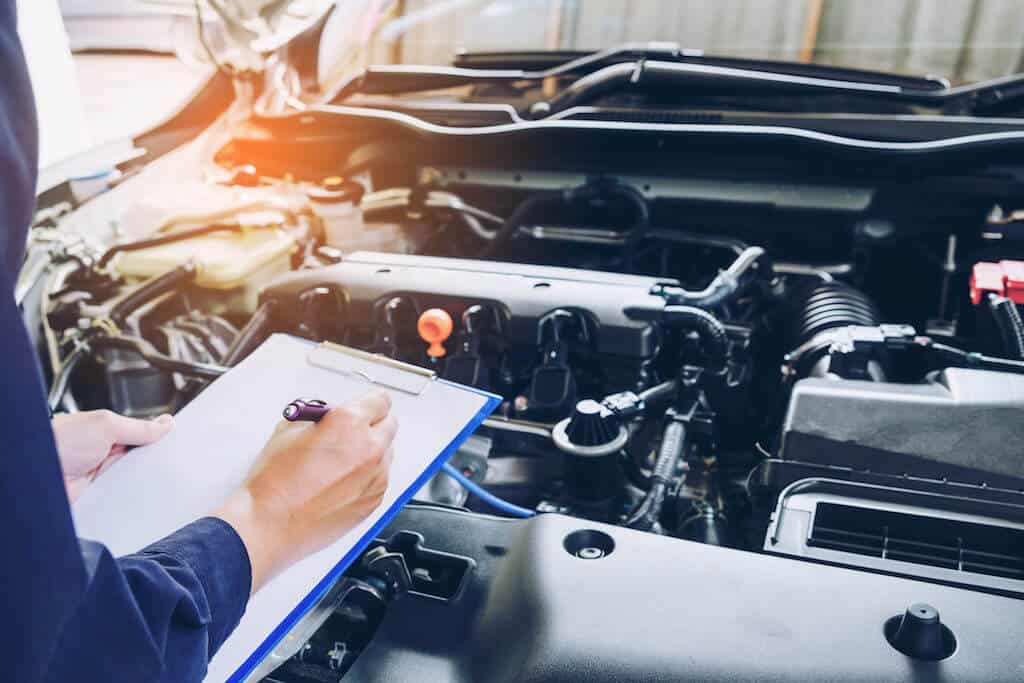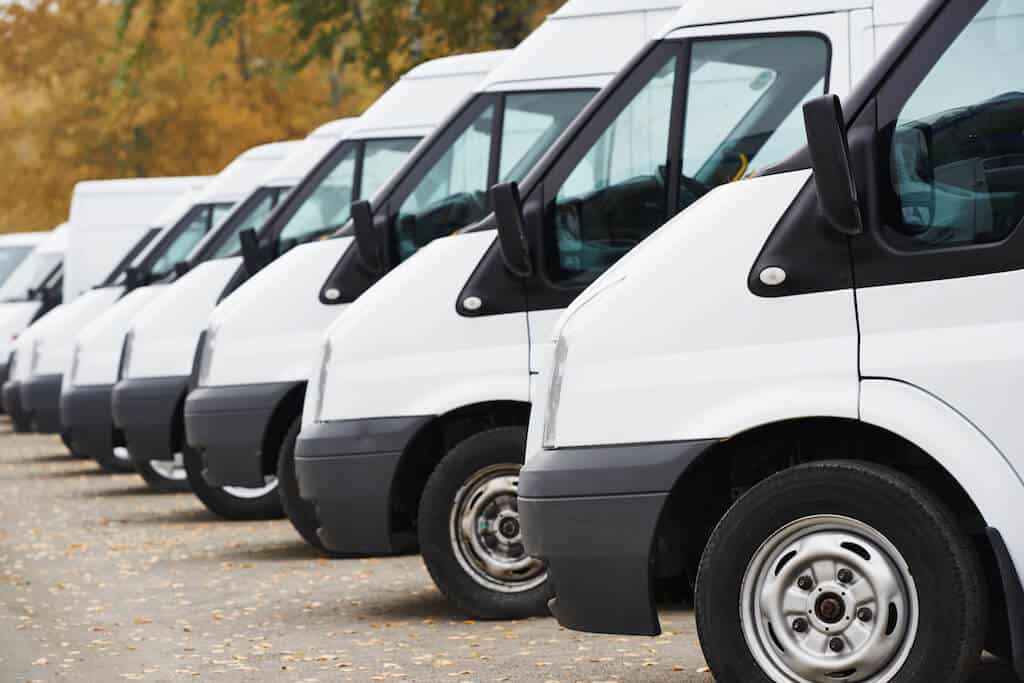
If you’re managing a commercial fleet of vehicles—no matter the size—you understand fully how important they are to your business. They’re out there on the open road, day and night, in good weather and bad, making sure that your people and the cargo they carry get safely from point A to point B. But what happens when one of these vital vehicles runs into an issue? A flat tire, say, or a dead battery, or even worse: a breakdown in the middle of nowhere? That’s where a reliable fleet roadside solution comes into play.
Fleet Roadside Assistance Is There When You Need It
Think of fleet roadside assistance as your fleet’s guardian angels, always on standby, ready to swoop in and save the day. These services are like a safety net for your vehicles, ensuring that help is just a call away, no matter where or when a breakdown occurs. It’s not just about fixing a flat tire–it’s about ensuring the safety of your drivers and the timely delivery of your cargo.
What’s in the Fleet Roadside Service Toolbox?
A robust fleet roadside solution is like a Swiss Army knife, packed with tools to tackle any situation. Here’s what you can expect:
24/7 Emergency Assistance: Because breakdowns don’t stick to a 9-to-5 schedule. Day or night, rain or shine, help is always available.
Towing Services: Sometimes, a repair on the spot just isn’t possible. That’s when a reliable tow to the nearest garage is worth its weight in gold.
On-Site Repairs: For those times when a minor hiccup threatens to derail your schedule, mobile mechanics can work their magic on the spot and get your vehicle back in action.
Fuel Delivery and Jump-Starts: Running out of gas or dealing with a dead battery can happen to the best of us. It’s a simple fix, but it can make all the difference.
Lockout Assistance: Locked out of your truck? It happens. But with roadside assistance, you’re not locked out of options.
Preventive Maintenance: Why wait for a breakdown? Regular check-ups can keep your fleet running smoothly and prevent issues before they start.
5 Benefits of Roadside Assistance for Your Fleet: Beyond Just Fixing a Flat
The perks of having roadside assistance for your fleet of vehicles go far beyond just fixing mechanical issues. Here’s a few under-the-radar benefits:
- Less Downtime: Every minute your vehicle is stranded is a minute lost. Quick assistance means your operations keep running like a well-oiled machine.
- Safety First: The safety of your drivers is priceless. Knowing help is on the way can turn a potentially hazardous situation into a mere bump in the road.
- Money in Your Pocket: Fewer breakdowns and quicker fixes mean more savings. It’s simple math.
- Peace of Mind: There’s something comforting about knowing you’re covered, no matter what the road throws your way.
- Efficiency is Key: With fewer interruptions, your fleet can do what it was intended to do—keep moving!
Choosing the Best Fleet Roadside Solution
It’s important to remember that not all fleet roadside solutions are created equal. When picking your provider, you’ll want to consider their range of services, responsiveness, coverage area, and cost. And don’t forget to check out reviews and testimonials! After all, you want a guardian angel with a proven track record.
At Best Roadside Service, our commercial roadside assistance plans are catered to fleets of all types, offering fleet managers the peace of mind that their vehicles will be covered when out on the open road. For instance, we offer roadside assistance for:
- Light Duty Vehicles: Small two and four-door sedans such as the Ford Focus, MINI Cooper, Honda Accord, and Toyota Camry.
- Medium Duty Vehicle: This includes vehicles like the Ford F150, GMC Savana Passenger Van, Chevrolet Cargo Van, and various other transit vans.
- Heavy Duty: Covering Mercedes-Benz Sprinters, Dodge Ram Promasters, Box Trucks Hino, Mitsubishi, Freightliner), and all kinds of transport buses.
In addition to the duty type of your fleet of vehicles, Best Roadside Service also provides fleet roadside assistance for all different kinds of businesses, including:
- Small Business Fleet Roadside Service Plans – Offering small business roadside assistance to ensure even the smallest of fleet vehicles is protected.
- Government & Municipal Roadside Service Plans — Government fleet roadside assistance solutions assure school buses, law enforcement vehicles, and other government-owned vehicles can be assisted if they hit a snag on the road.
- Rental Fleet Coverage Plans – With rental fleet coverage, you’ll have roadside assistance plans to protect corporate employees wherever or whenever they’re driving.
Put most simply, fleet roadside solutions are not just a luxury. They’re a necessity!
If you’d like to find out how Best Roadside Service can protect your commercial fleet of vehicles, reach out today for a free quote!



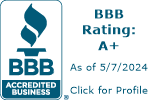

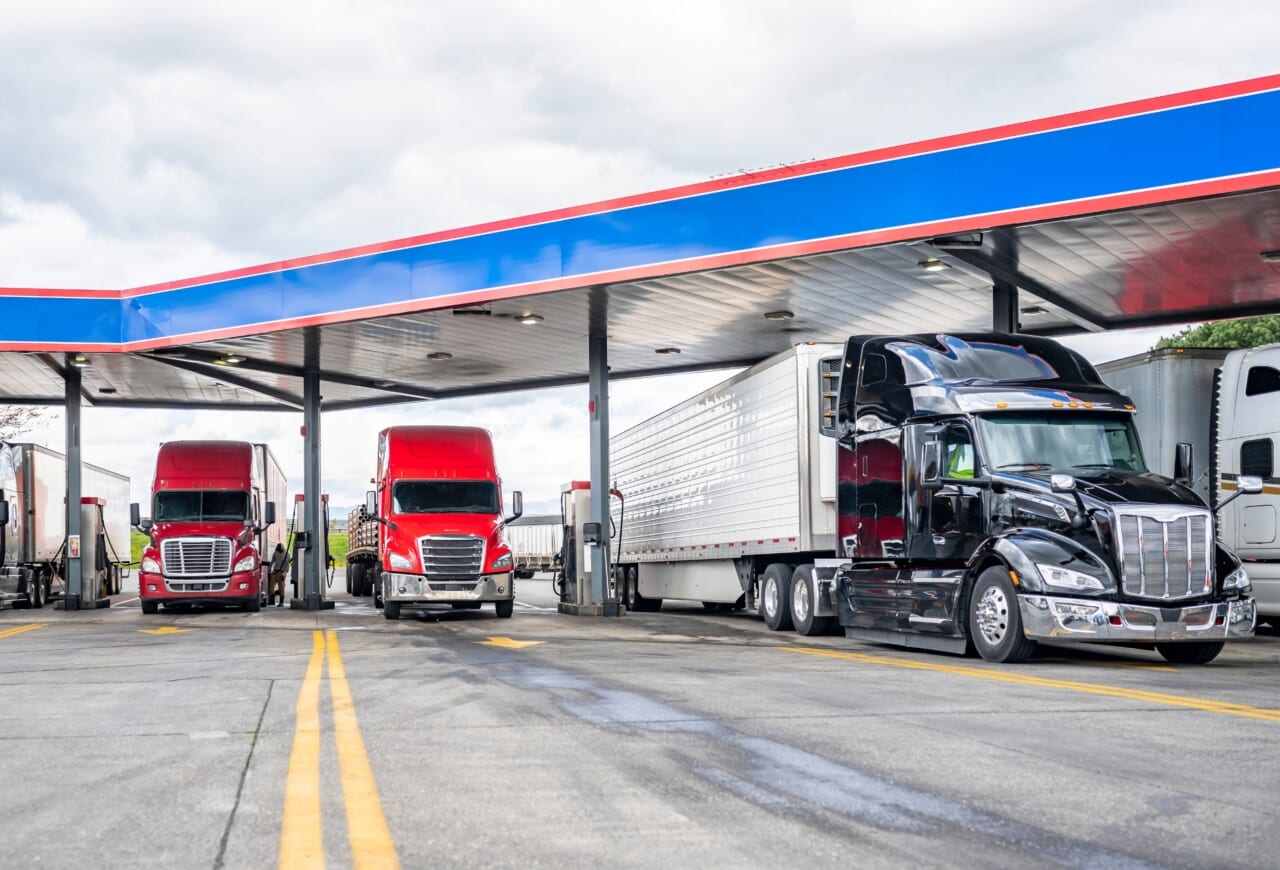
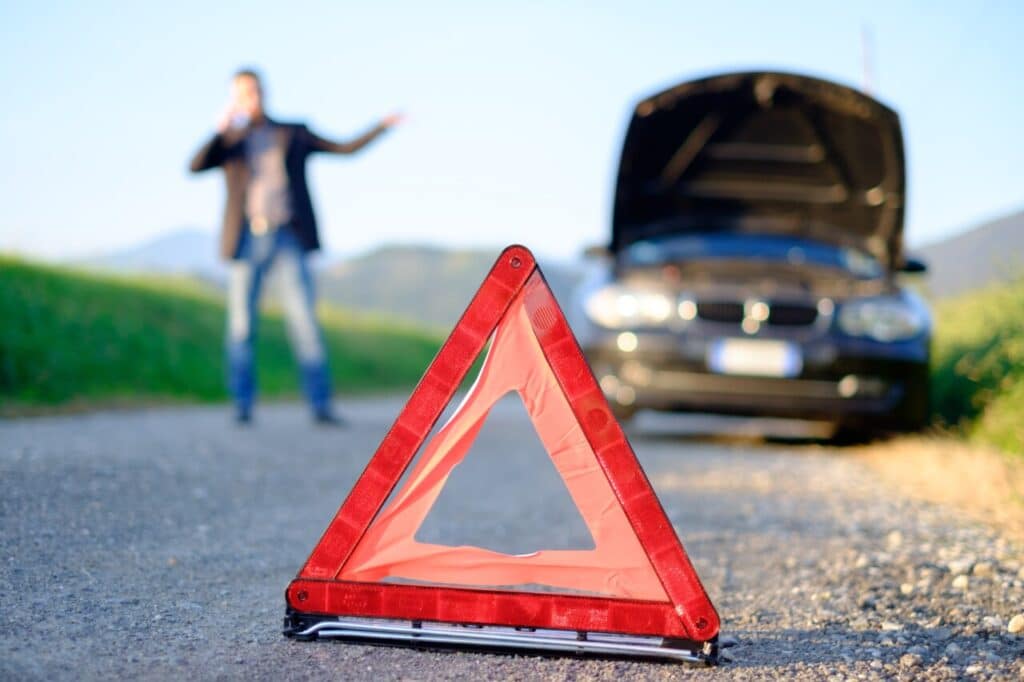
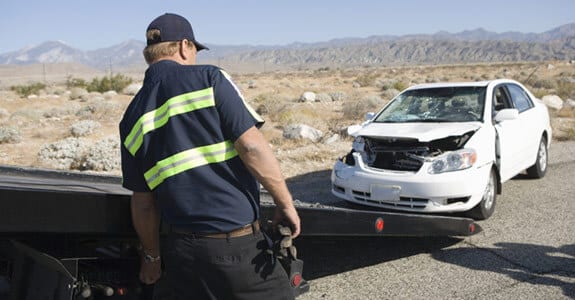
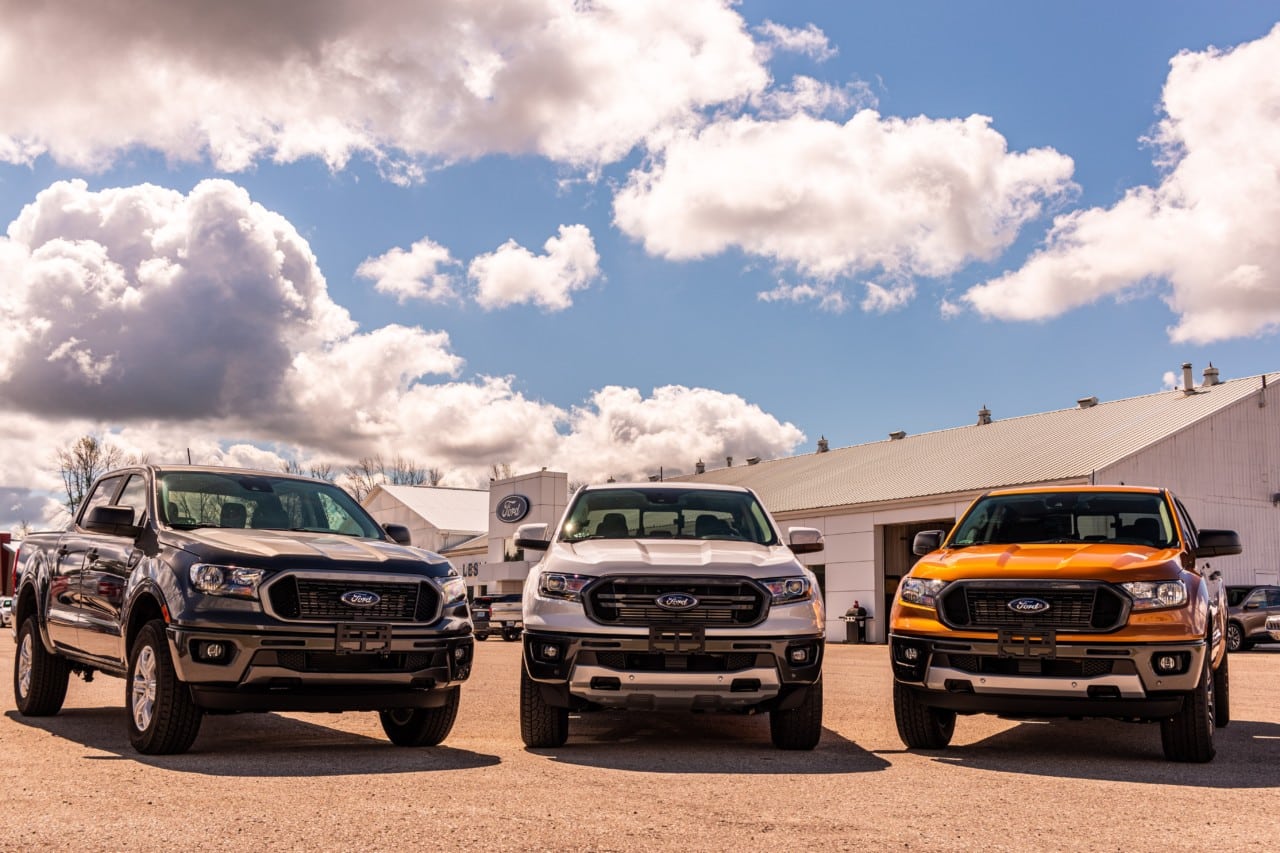
 Despite being early into the new year, there are many, new trends for
Despite being early into the new year, there are many, new trends for 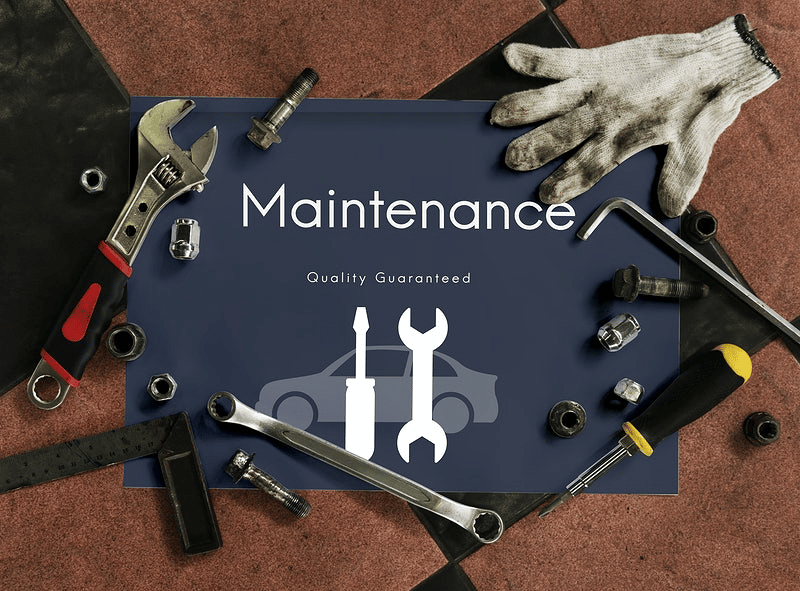
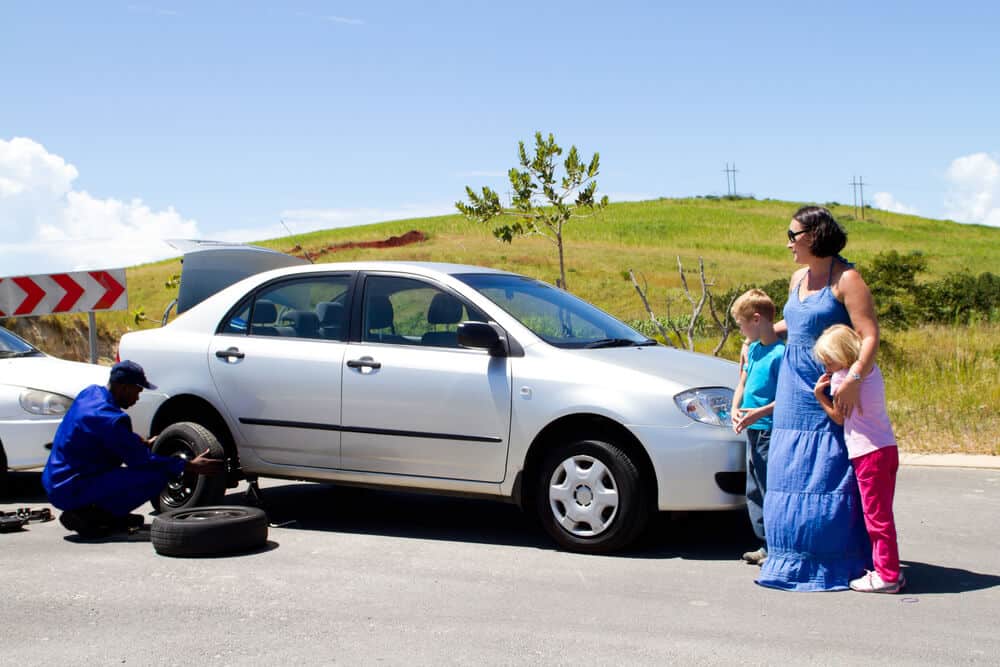 So,
So, 